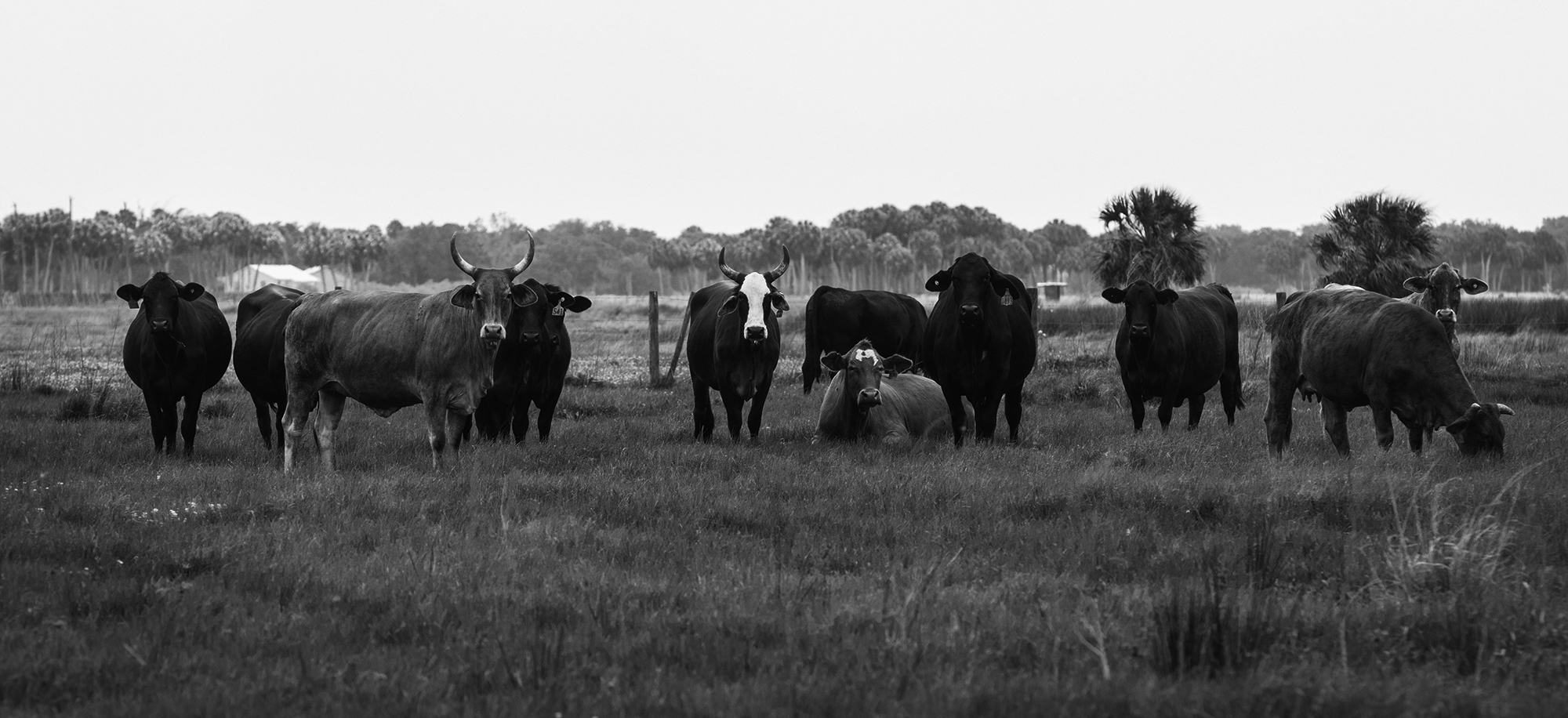A Species on the Edge
With only around 150 birds left in the wild, the future of the Florida Grasshopper Sparrow does not look good. Loss of habitat led to the bird's federal endangered species status in 1986, but the recent and rapid drop in numbers has wildlife biologists racing to save the species. Is this decline the inevitable result of too much habitat loss, is it some new threat, or a combination of factors? What is certain is that if this trend isn't reversed, the sparrow may soon be gone.
In ecosystems, everything is connected. Here are some of the possible reasons the Florida Grasshopper Sparrow is on the edge of extinction.
- Historic habitat loss due to ditching and land conversion for agriculture
- Continuing development for housing and towns
- Improperly maintained habitat
- Invasive fire ants killing chicks
- Too many predators
- Diseases transferred from livestock
Historic Land Conversion
Florida's prairie habitats were once common across the headwaters of Florida's Everglades, but their wetlands and poor forage grasses made them unfit for agriculture and homes. Beginning in the 19th century, much of the land was drained with ditches and canals, while the native grasses were replaced with exotic grasses more nutritious for cattle. Today, less than 5% of Florida's dry prairie remains. Florida Grasshopper Sparrows are sometimes successful on "improved" cattle pastures, but this historic land conversion is what led to their need for federal protection. Without forgetting these historic environmental trade-offs, it is important to recognize that today's Florida ranchlands are invaluable for wildlife protection and other ecosystem services.
Cattle ranches provide a safe home for many native plants and wildlife, but the improvement of pastures for cows' needs in the 19th and 20th centuries meant habitat loss for the Florida Grasshopper Sparrow.
The fruit from this orange grove provides juice and jobs for people, but for thousands of years it was Florida dry prairie and perhaps home to Florida Grasshopper Sparrows.
This orange grove in the headwaters of Florida's Everglades was once Florida scrub, another of Florida's endangered habitats.
Continuing Development
Much of the headwaters of Florida's everglades is rural, but it isn't untouched. Florida Grasshopper Sparrows thrive in high quality dry prairie habitat. Ditching, a change in plant communities, and fire suppression can all degrade the sparrow's habitat.
These land clearing signs and others like them are found on the way in to Kissimmee Prairie State Park, one of the last four properties with wild Florida Grasshopper Sparrows.
Invasive Fire Ants
Red imported fire ants (Solenopsis invicta) are invasive in Florida and are known nest predators of Florida Grasshopper Sparrows, but their impact, if any, on whole sparrow populations is not yet understood.
Predators
Nest predators like snakes and skunks are part of the ecosystem, but have degraded or shrunken sparrow habitats increased predator numbers?
Spotted skunks are known predators of Florida Grasshopper Sparrows.
Genetics and Microbes
Blood and gut flora samples have been taken from some Florida Grasshopper Sparrows. No genetic problems from inbreeding have been found, but the presence of some anti-bacterial resistant microbes does worry biologists.
Researchers Emily Angell and Greg Thompson, along with others, learn how to make blood smears.
“Over the last 10 years, the sparrow population across its entire range has declined by nearly 90%, even as we implemented management intended to benefit it. Our work now balances continued research on the wild birds and creation of healthy captive populations so that if the worst happens, we might still save the sparrow through reintroductions.”
Shadow of the Dusky
Most people have never heard of the Ivory-billed Woodpecker, the Carolina Parakeet, and the Dusky Seaside Sparrow, yet all these Florida birds went extinct during the 20th century. The Dusky Seaside Sparrow, specifically, casts a shadow over the entire Florida Grasshopper Sparrow recovery effort. Like our sparrow, the dusky was a non-migratory Florida-only subspecies. It went extinct due to habitat loss in 1987, the year following the Florida Grasshopper Sparrow's endangered species listing.
Dr. Reed Bowman holds the specimen of the recently extinct Dusky Seaside Sparrow.










